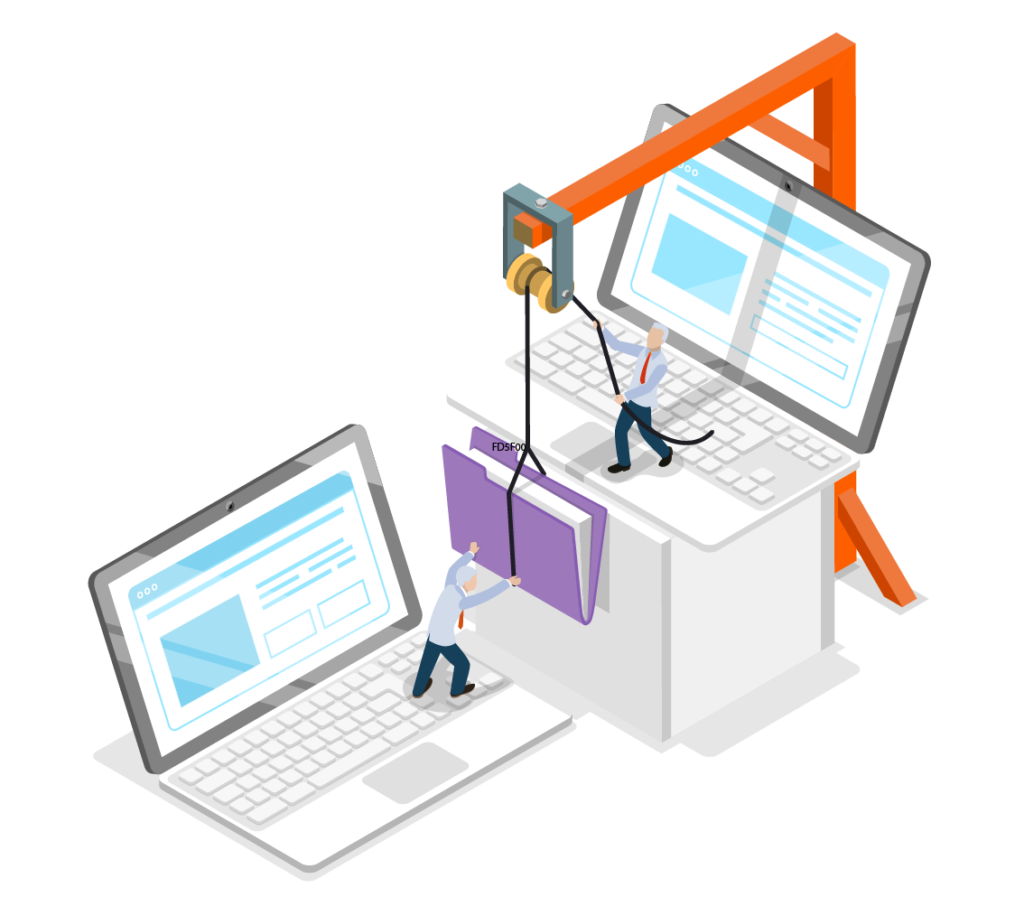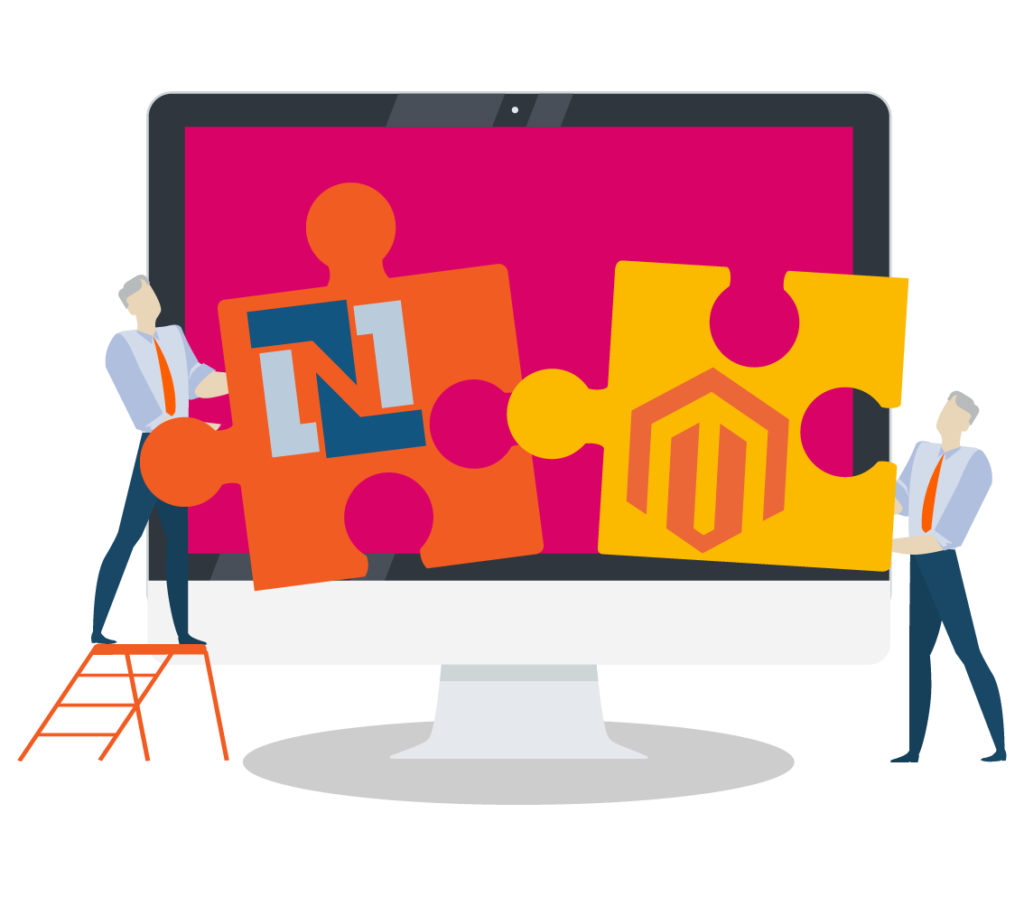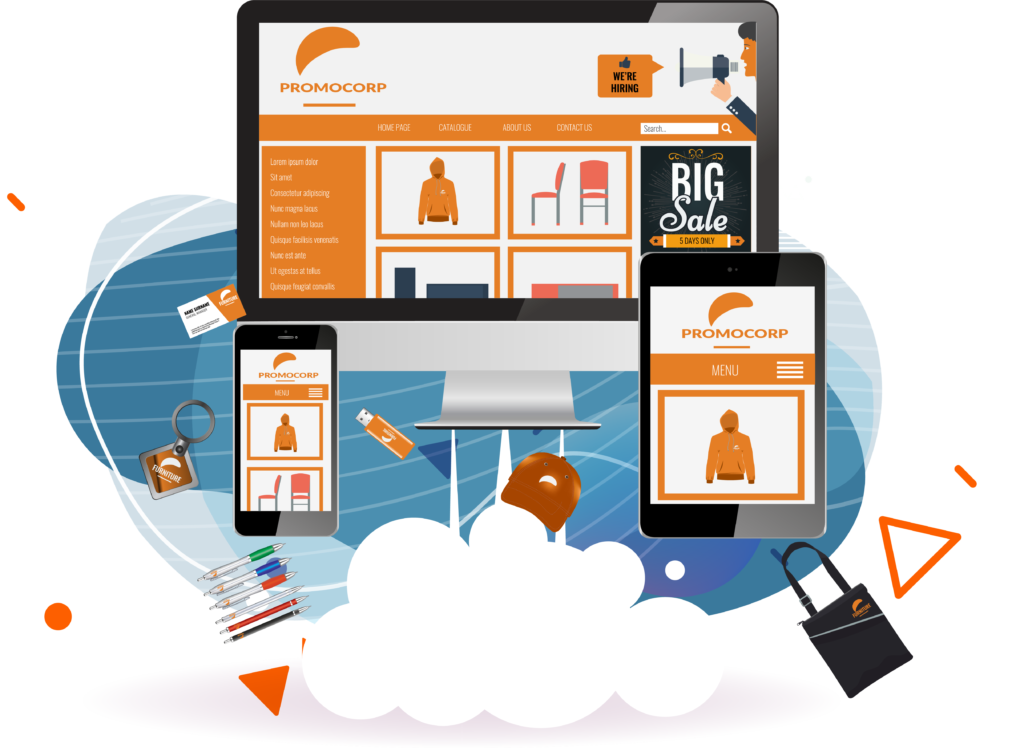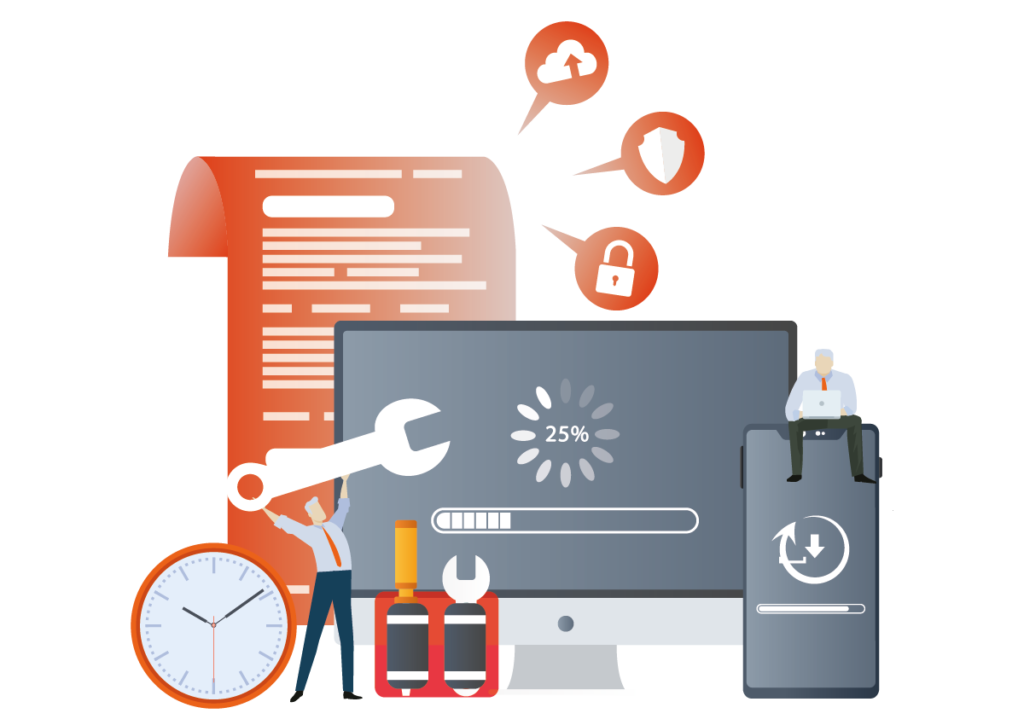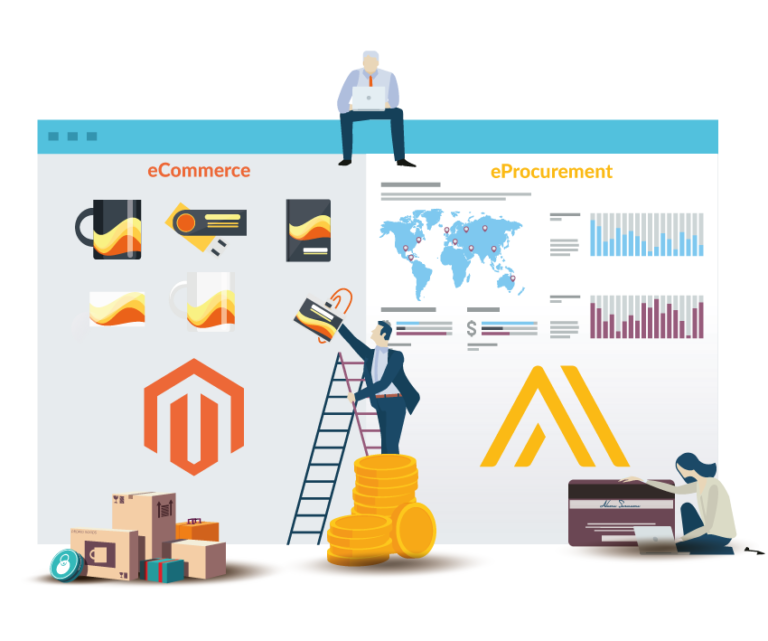What my phone crashing has to do with making purchasing easy.
Based on a talk for Portfolio Exec on 23rd Feb 2024
I don’t trust my Phone anymore!
It keeps crashing… so perhaps I’m going to un-install all the recent apps until I find the cause. Some of those apps have subscriptions, and some of those subscriptions are only billed every 3 or 6 months. So those companies will lose a customer, and they might not even realise for several months.
That’s the problem with trust… you can’t see whether your trust is well placed until you act in a way that uses it.
Sally doesn’t trust her accounts team anymore!
When we need it, our “elevator pitch” is very simple – we give corporate buyers the same slick experience that they get at home when buying books or groceries online.
Imagine poor Sally – we say poor Sally because to buy 100 t-shirts for a marketing event, she has to phone the supplier for a quote, wait for it to arrive, key it into her system, phone the right department to get it approved, email it to the supplier. At the other end, Julie keys in the purchase order to her system, then later on, sends an invoice. Joe in accounts then has to key in the invoice, but he spilled coffee on his keyboard last week at the ‘5’ is stuck, so then the invoice has an error, which causes a credit note to be raised, … so much effort.
Sally has to trust that each of those processes happens – and since humans are involved at each step, errors do happen and now Sally can’t trust the accounts team to get invoices correct.
When we automate that process, it’s not just saving admin – it builds trust. As the system works well over time, people begin to trust it to always work, and this saves more than just time…
But John, your phone didn’t promise reliability did it?
“Reliability” wasn’t one of the selling points – phones are normally sold based on how pretty the camera pictures are. But over time, through repeatedly seeing it continue to work, trust built up and I began to trust that my phone would reliably wake me up in the morning.
Trust is built through Repeated Action Over Time. If I bang my head against a wall repeatedly, I trust that it’ll give me a headache.
Repeated Action Over Time = Relationship
My wife trusts me. That didn’t happen overnight, it built up over time through repeated actions – for example, she trusts me to provide a safe space to talk, foot rubs, and to put my empty cup “in the vicinity of” the dishwasher. Both are repeated actions over time, which build up trust that I’ll do the same action in future.
We talk about culture and brand as defining our businesses – but just saying you are something or will do something is no good – only actions create real trust.
So if only actions create trust, and trust over time is a relationship, then we can say our relationships are defined by our actions and the actions of the other party. In business terms, we could say it’s what you choose to “buy” and “sell”. I put “sell” in quotes because it might not be a product or service – it might be that you’re selling quality, or consistency, and “buy” because it might be what you choose to accept, or what you choose to punish.
Now consider others’ perception of you or your business. That forms because of your actions (or lack of action, like me not putting a mug in the dishwasher!). So if those actions create relationships, and create others’ perception of you, then to borrow a beautiful phrase from Handelsbanken – “We are our relationships.”
Why is Trust so Important?
Your brain is an incredible machine – but often, its goal is not aligned with yours. Its goal is to preserve your body and keep it fed and warm. One of the most energy-consuming things it does is make decisions – and if the goal is self preservation, it will naturally try to avoid energy-consuming activity. Hands up, procrastinators… well, when you get around to it.
Trust shortcuts decision-making, making it more efficient. If I trust you, I don’t need to verify what you say, and I can make a decision far more quickly and with less energy.
If I could just buy from my supplier with a few clicks – TRUSTing the prices, TRUSTing the purchase order will be right, TRUSTing the shipment will match, TRUSTing that the invoice will automatically arrive in my system – then I’ll choose this supplier every time, because they leave me with more energy to spare.
If I have to CHECK your prices, CHECK I’ve keyed them in correctly, CHECK the shipment is right, CHECK the invoice has been keyed in correctly, … it’s a costly process, taking longer and spending precious energy that could be spent figuring out where to go on holiday this year.
So where do we see Trust or lack of Trust?
“Business is simple, John. Then we complicate it.” – our FD’s wise words. He keeps a close eye on one of the most important measuring sticks – the Profit and Loss report. Here, we see any trust issues reflected – anything from a down-turn in sales due to customers choosing competitors, to staffing costs increasing because the culture is unhealthy and people keep leaving.
However, it’s almost impossible to see the detail of those issues in the P+L, because much like human illnesses, the same symptom can have a huge number of causes. So how can we diagnose a trust issue?
Online Shops are not just for the Shoppers
When you have a user going through an online shopping process, you can see not only the actions they take, but also the lack of action – for example, did someone add an item to the cart but then abandon it? Did they get to the checkout and see an error?
In the B2C world, consumers are constantly being monitored by a dazzling array of tools and services, looking for any possible edge. But in our world, very few B2B store owners analyse their user actions – they may not be aware of a problem until they see the client tendering for a new supplier.
How do I see those missing actions, John?
Watch this space, talk to us, and let’s learn more together – we love educating people and bringing them on the journey with us.







